For months, the world has wondered about the stated goal of the President of the United States to acquire Greenland. Is he merely expressing a desire to make America greater again in terms of territorial area? Is it a question of security policy? Or are critical minerals—and especially Greenland’s immense rare-earth riches—a key factor?
The first two questions can’t really be answered without a fuller understanding of the administration’s motives and strategies than is currently available publicly. But for that third question, there exists a wealth of data and context, both historical and modern-day.
Let’s start with the modern day. U.S. industries, like those of any developed economy, depend on critical materials. Lots of attention now is focused on the rare earths, a group of elements of unusual importance because of their indispensability in essential commercial, defense, and industrial applications. Roughly 90 percent of processed rare earths come from China, creating supply-chain vulnerabilities that many countries are now trying to avoid, particularly since China announced restrictions on the export of heavy rare earths in April, 2025. Systematic studies have indicated that Greenland has 10 important deposits of rare earth elements.
But in mining, it’s the details that matter. To understand the value of a minerals deposit it’s important to consider the history and to make a reality check of documented resources. The facts and the obvious conclusions do not always reach decision makers, investors, and the media.
Greenland is the World’s Biggest Island, But It’s Not As Big As You Think
Greenland is the largest island in the world, but people often get an exaggerated impression of how big it is due to the fact that the commonly used Mercator projection distorts the size of landmasses close to the poles. Greenland is about two million square kilometers. However, the ice-free part—which could much more feasibly be mined than the other part—is roughly the size of California, and without any scenic coastal highways. Traveling between settlements is only possible by boat or airplane.
Greenland has had nine different mines since World War II but only one, for the mineral anorthosite, is active today. Another one, for gold, is expected to reach full production later this year.
Greenland’s only fully operational mine as of May 2025 extracts anorthosite rock at a site called White Mountain, on the central west coast of the island.Flemming Getreuer Christiansen
Greenland took over the handling of all mining licenses from Denmark in 1998 and full authority in 2010 after self-governance was introduced. Greenland has developed a modern licensing system for mining with an element of competition between companies and transparent procedures for public input on environmental and socioeconomic concerns. The number of licenses granted by the Government has been high and relatively constant for many years, but the level of actual activities,…
Read full article: Can Geopolitics Unlock Greenland’s Rare Earths?

The post “Can Geopolitics Unlock Greenland’s Rare Earths?” by Flemming Getreuer Christiansen was published on 05/08/2025 by spectrum.ieee.org







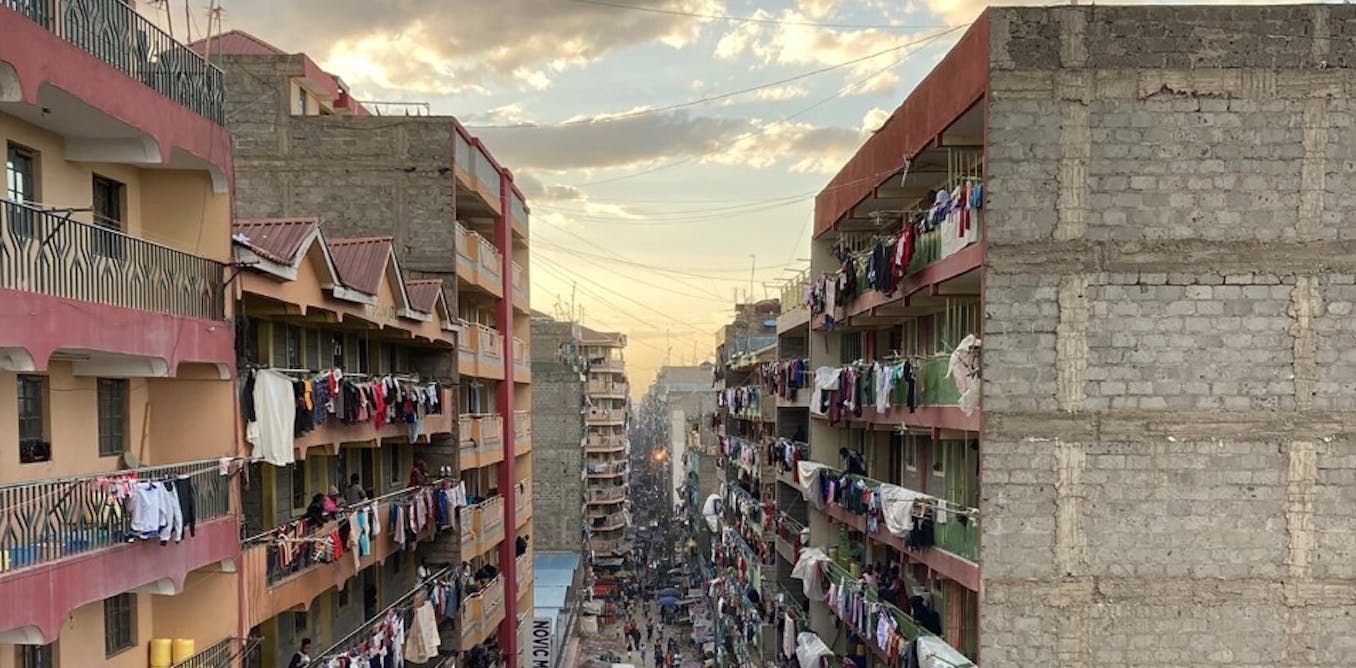


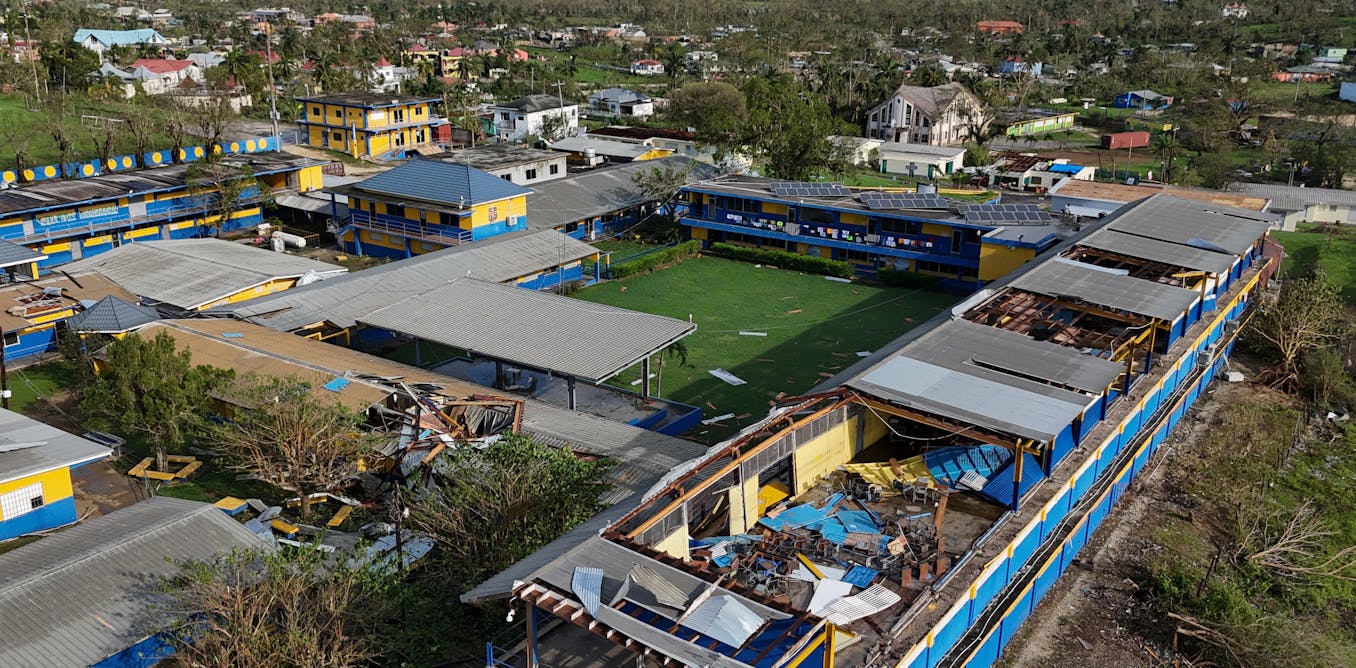

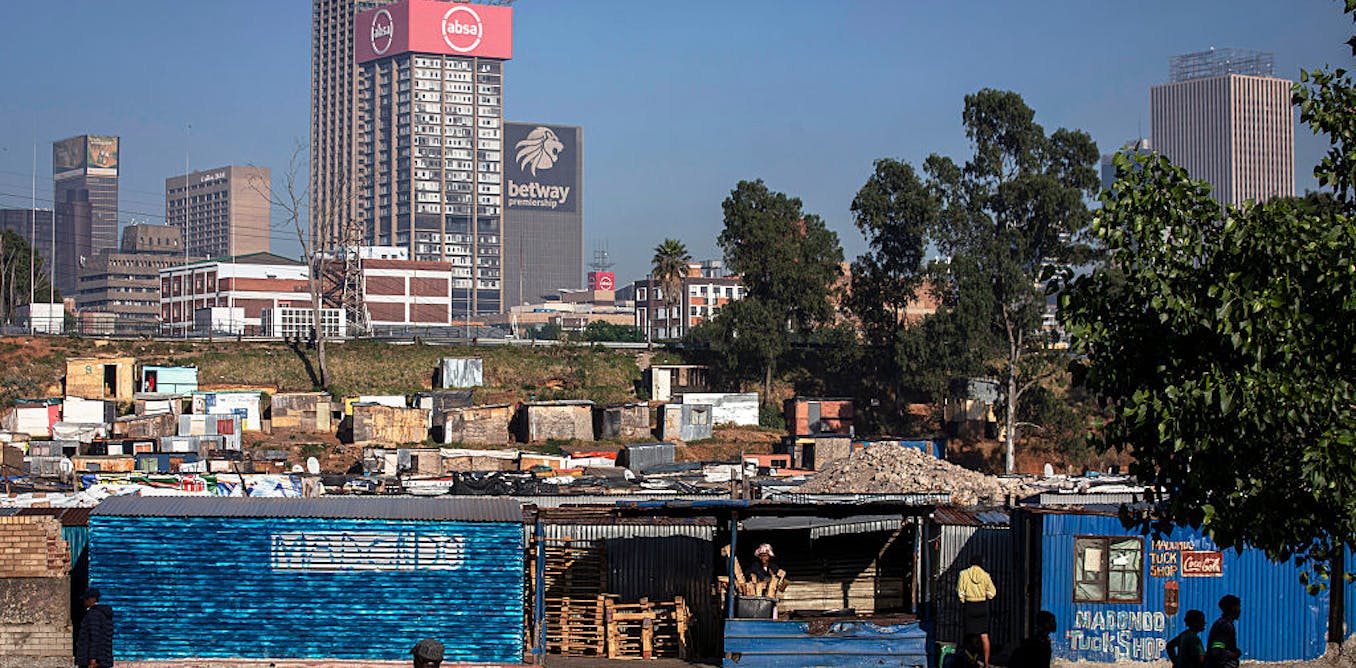
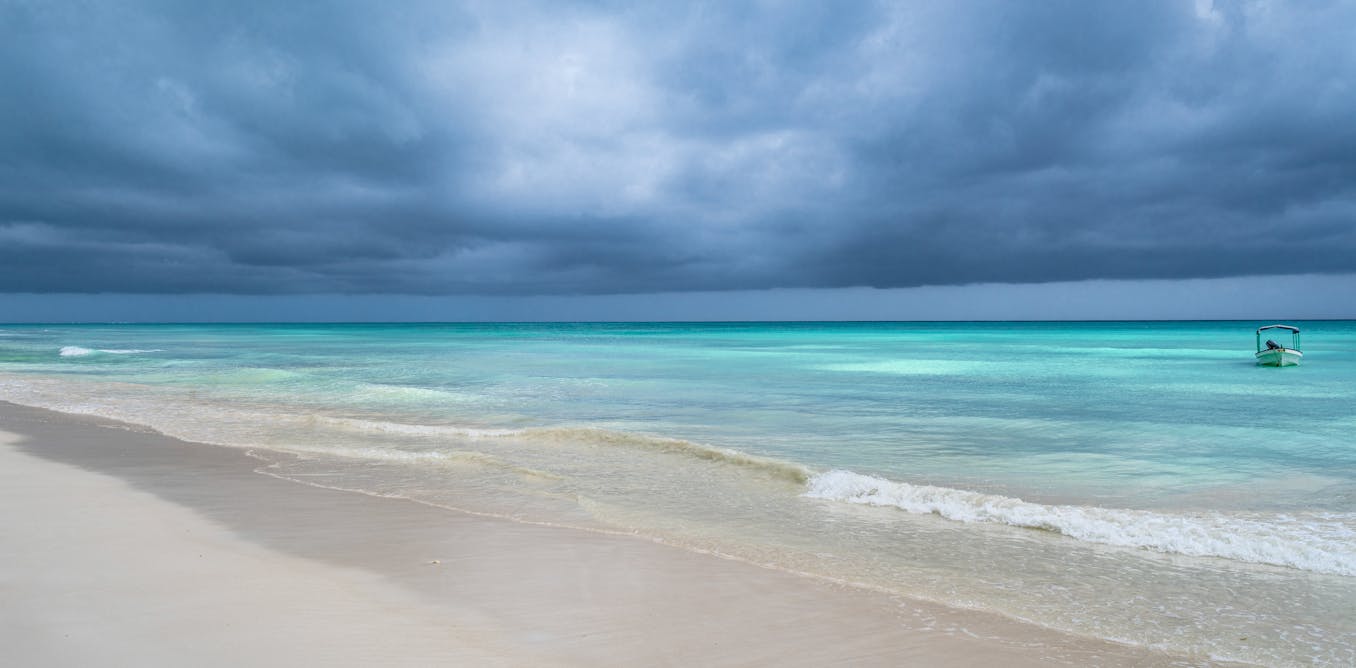

















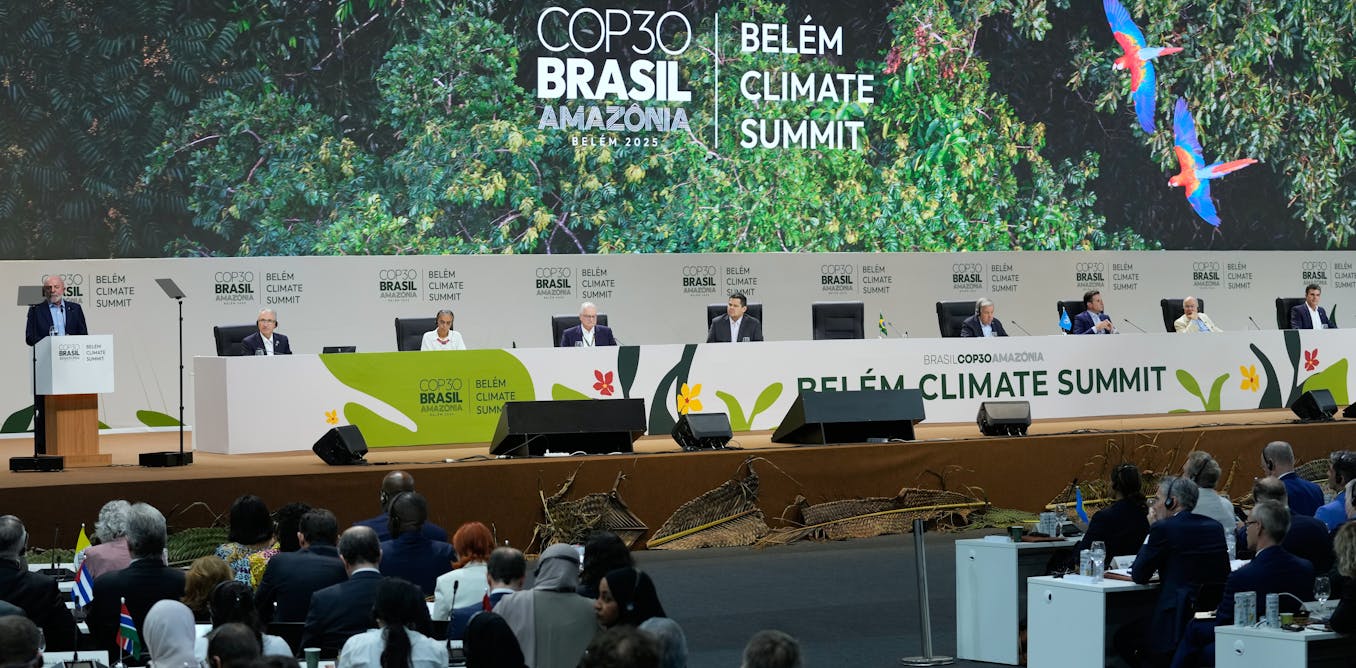

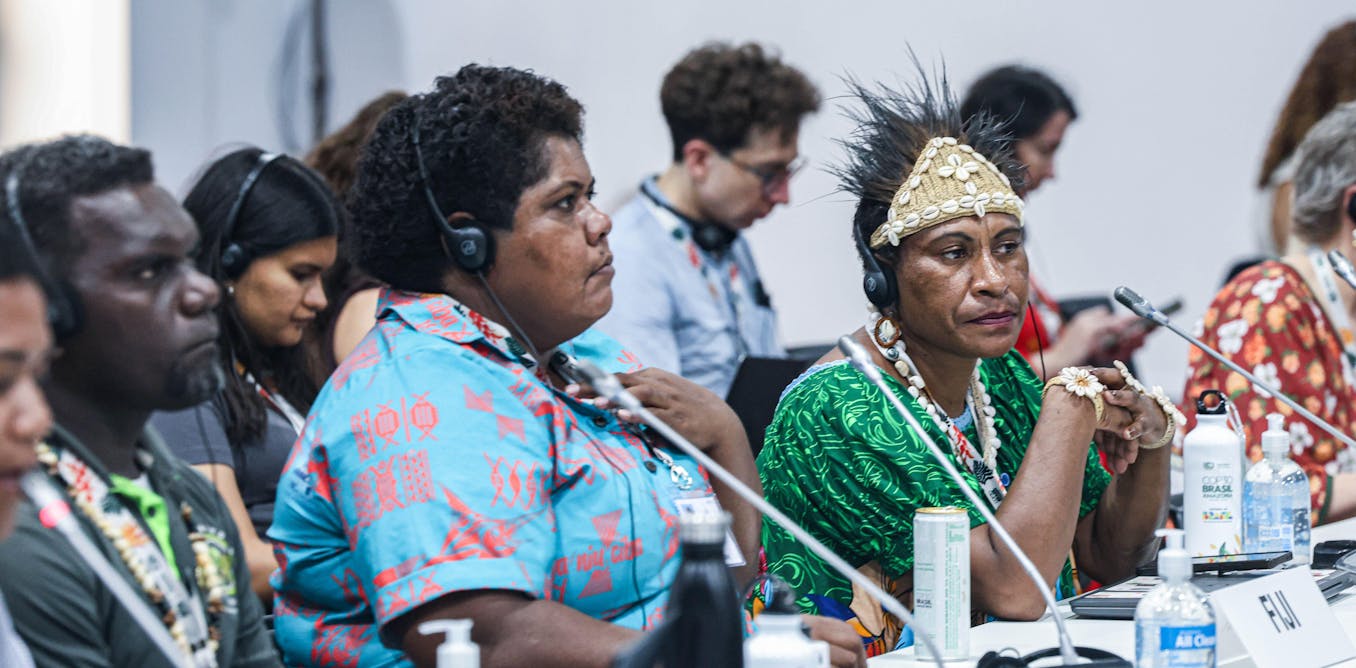
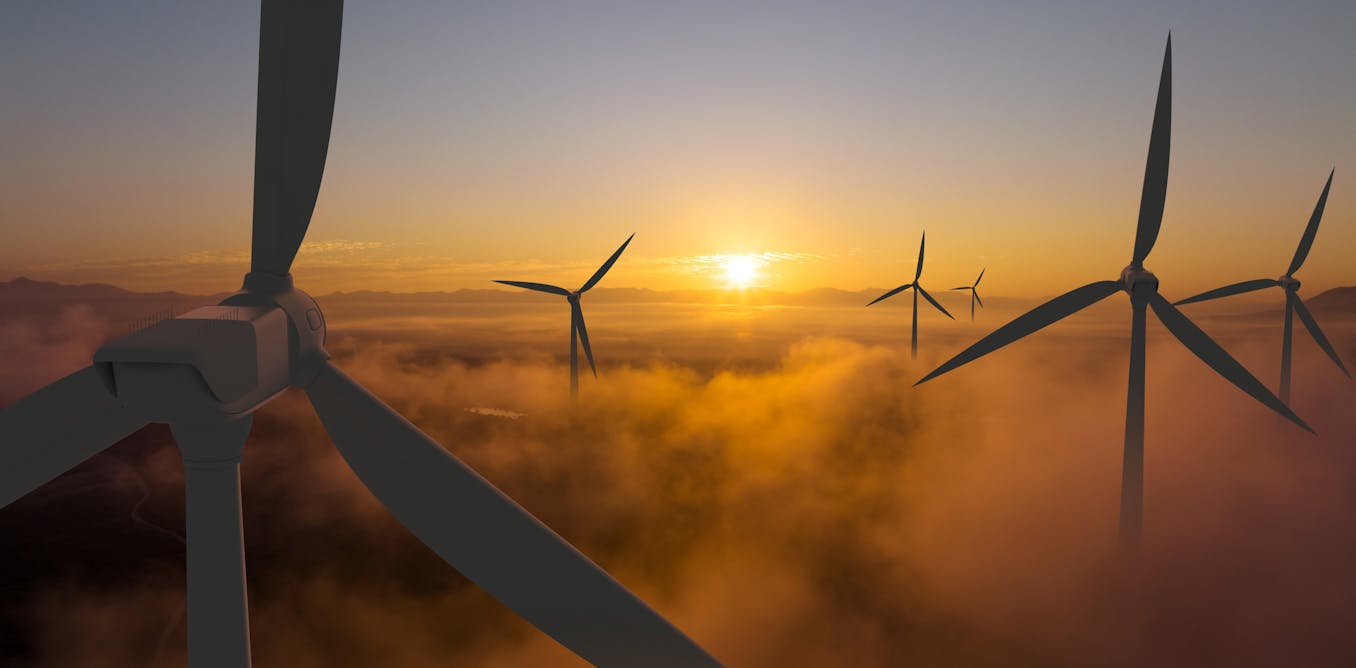
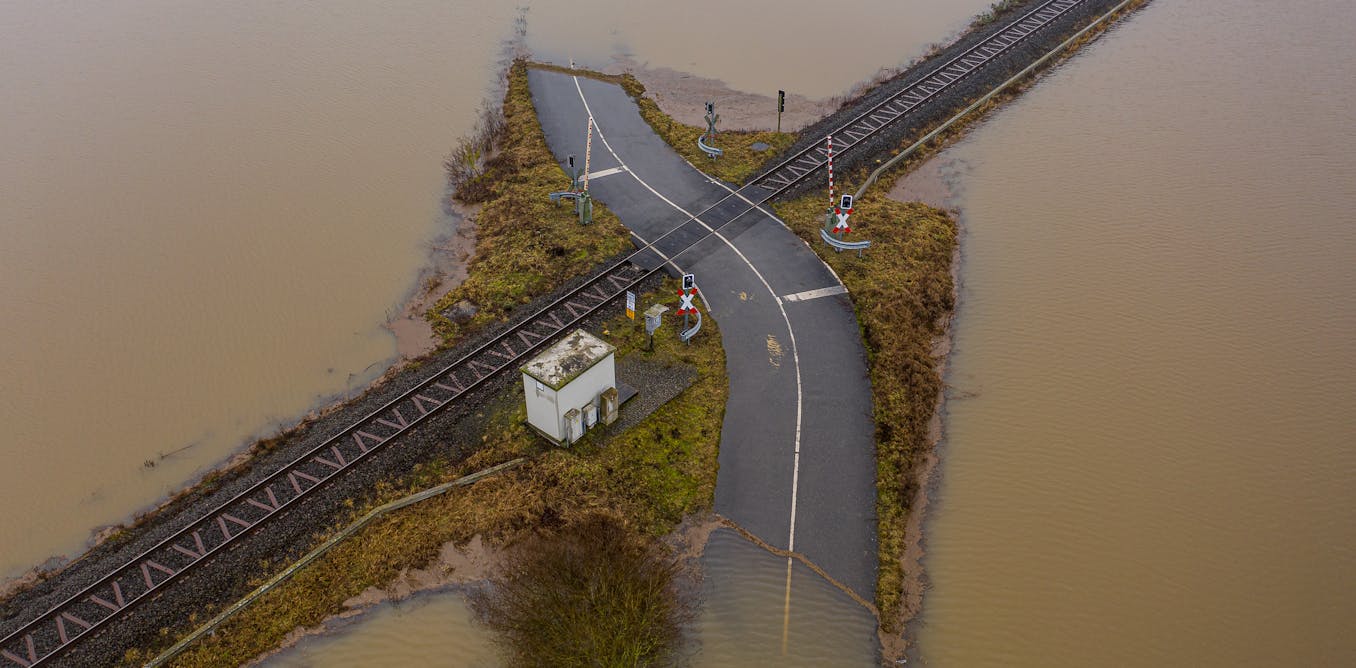
Leave a Reply